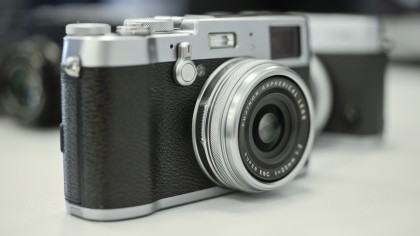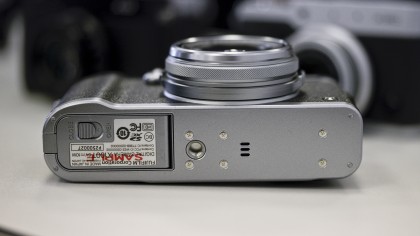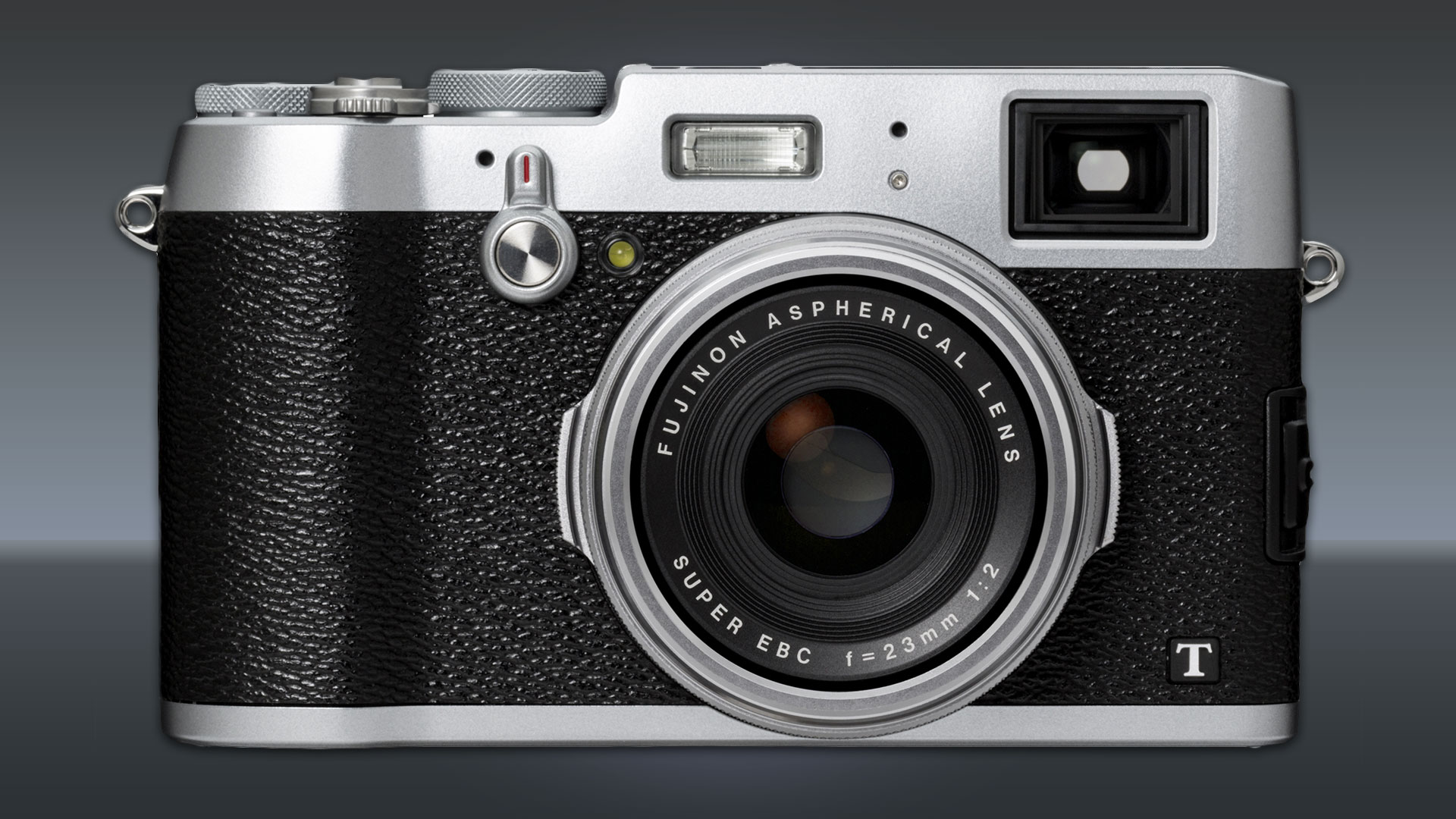Why you can trust TechRadar
As the X100T keeps the same image sensor and processor as its predecessor, we had no doubts that the image quality would also be very high. The biggest change here is the introduction of the electronic shutter to allow for super fast shutter speeds to be used when shooting in bright light.
Colours directly from the camera display the beautiful warmth that Fujifilm has come to be known for, with the film simulation modes giving you lots of scope to shoot exactly how you want to. If you choose to use the Velvia vivid mode, you'll probably need to be careful of over saturation in some scenes, such as landscapes, where greens may appear too vivid.

The new Classic Chrome film simulation mode is a good choice for a lot of different shooting scenarios, and I think a lot of street and documentary photographers will be pleased with it. The colours are pleasantly muted while still retaining a film like quality. Monochrome is also a good choice for these kinds of subjects. Of course, if you shoot in raw format, you can opt to revert back to a 'clean' colour version of the image should you need it.
An alternative if you want to get creative is to use one of the Advanced Filters. While the X100T doesn't seem like the kind of camera that you would use such filters with (some might say they're gimmicky), they can be fun to try out – but you do need to be aware that you won't have a raw format version of the image to work with should you need it further down the line.
With no anti-aliasing filter, as with the X100S, the X100T is excellent at resolving detail and is certainly a match for DSLRs equipped with an equivalent lens. By shooting at mid-range apertures of around f/8 we can determine the edge to edge sharpness is pretty good, with softness only just starting to appear in the corners of the image.

The camera's general-purpose metering system does a good job to produce well balanced exposures, but it can be a little prone to under or over exposure in high contrast conditions, for example, so you may find you need to dial in a little exposure compensation to get the best look.
The X100T copes admirably when shooting in low light, high sensitivity situations. Noise is barely apparent up until around ISO 3200, and even then only when looking at images at 100% magnification. The overall impression of detail is fantastic right up to ISO 12800 at small printing and web sizes. You can even get away with 25,600 if you're viewing it pretty small. The absolute highest setting of 51,200 is probably best reserved for those times when you're really desperate, and otherwise best avoided.
Shooting in raw format allows you to take better control of your images in post production. At the time of writing, Adobe Camera Raw support had not yet arrived, but you can use SilkyPix to open them X100T's raw files. With this you can prioritise detail reproduction over noise reduction you can, since JPEG images at higher sensitivity settings show a fair amount of smoothing.
Focusing speeds are pretty quick in good light, but there's still a noticeable back-and-forwards hunt when trying to acquire focus – and that process is lengthened when shooting in low light. The threshold between needing to switch on the macro focusing and using the standard focusing is something that takes a bit of practice to gauge, but after a while, with only one focal length to concern you, you do get a sense how close you can get to the subject before needing to activate it. The X100T can get pretty close, but sometimes gives false focus confirmation – manual focusing can give better precision.
Despite being a fairly wide angle of view (23mm, equivalent to around 35mm), the X100T's sense doesn't suffer from excessive distortion, and I came across no examples of fringing or chromatic aberration during my testing.
Current page: Performance
Prev Page Build quality and handling Next Page Image quality and resolutionAmy has been writing about cameras, photography and associated tech since 2009. Amy was once part of the photography testing team for Future Publishing working across TechRadar, Digital Camera, PhotoPlus, N Photo and Photography Week. For her photography, she has won awards and has been exhibited. She often partakes in unusual projects - including one intense year where she used a different camera every single day. Amy is currently the Features Editor at Amateur Photographer magazine, and in her increasingly little spare time works across a number of high-profile publications including Wired, Stuff, Digital Camera World, Expert Reviews, and just a little off-tangent, PetsRadar.

